Core electronics have an introduction to using Lithium Polymer or LiPo batteries https://core-electronics.com.au/tutorials/our-guide-for-using-lipo-batteries.html that has a link to Powerboost modules from Adafruit that charge LiPo batteries and boost the battery output to 5V https://core-electronics.com.au/search/?q=powerboost and links to tutorials on LiPo batteries.
There are some DC to DC converters in the workshop, including some MT3608 DC to DC Step Up Converter Module Boost Converter Power Supply Module ICSA004A http://www.icstation.com/icstation-mt3608-step-converter-module-boost-converter-power-supply-module-icsa004a-p-3448.html
1). The maximum output current: 2A
2). The input voltage: 2V ~ 24V
3). The maximum output voltage: > 28V
4). Efficiency: > 93%
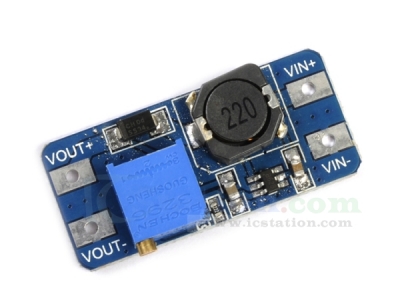
10526 2.8V-5.5V to +/- 12V Power Supply Module DC Voltage Converter Board Module 2.4×1.2cm
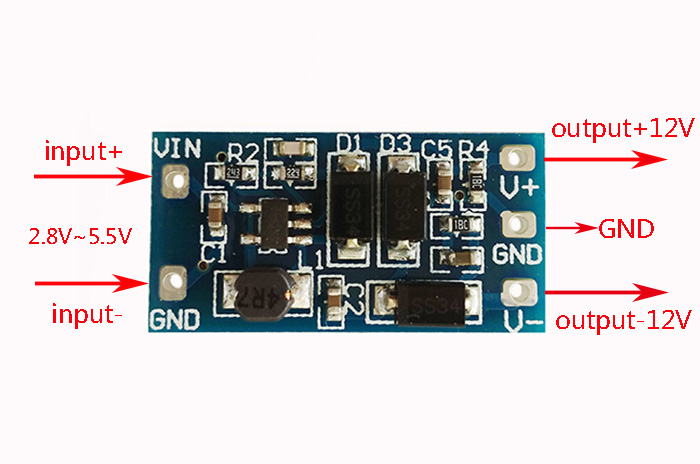
Adjustable Switching Power Supply Module IN 4V-35V OUT 1.5V-30V LM2596S Input voltage: 4V to 35V DC
Output voltage: 1.23V to 30V
Output current: 3A max
Regulator IC: LM2596S
Efficiency: 92%
Switching frequency: 150Khz
Output ripple: 30mV max
Load regulation: ±0.5%
Voltage regulation: ±2.5%
Opearting temperature: -40º to 85ºC
Dimensions: 48 x 23 x 14 (LxWxH)
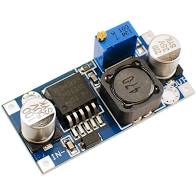
The Australian distributer for MEAN WELL power supplies is MEAN WELL Australia https://www.meanwellaustralia.com.au/
When choosing a power supply, you need to make sure it complies with Australian electrical standards. The enclosed power supply is efficient, economical, BUT has exposed mains input terminals L N that need to be covered with an insulated guard or the power supply has to be mounted in an enclosure that needs to be opened with a tool.
The Power Adapter range is a switch mode power supply, so is compact and efficient. If you need 4Amps or higher current supply, these are electrically safe. They were initially used for laptop power supplies, but the voltage and current range has expanded.
There is a 4A 12V power adapter in the workshop for project work.
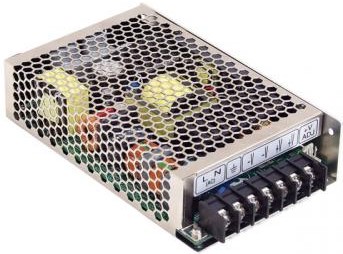
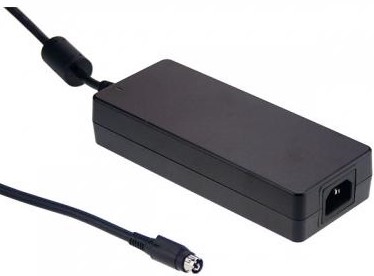
You can buy or make DC power splitters so that 2 or 4 devices can be powered from one plugpack. The Arduino Uno uses 45mA which is negligible when compared to an RGB Panel that can draw 4A, so it is safe to use a 2 way splitter to supply them both from one power supply.
The 2 way 2.1mm splitter is an Altronics P6715 RRP $8.65 https://www.altronics.com.au/p/p6715-cop-security-0.2m-2.1mm-dc-socket-to-dual-dc-plug-cable/and the 4 way 2.1mm splitter is an Altronics P6716 RRP $10.50. https://www.altronics.com.au/p/p6716-cop-security-0.2m-2.1mm-dc-socket-to-4-x-dc-plug-cable/
Jaycar also sell DC splitters.
2 way WQ7280 $7.95 https://www.jaycar.com.au/ccd-camera-power-splitter-200mm/p/WQ7280
4 way WQ7291 $9.95 https://www.jaycar.com.au/2-1mm-dc-splitter-cable-1-socket-to-4-plugs/p/WQ7281
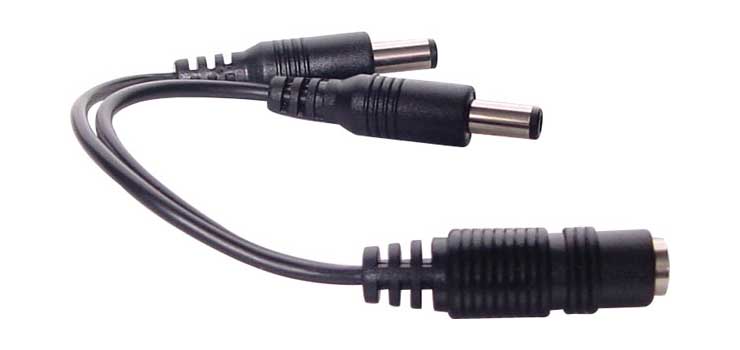

When you want a simple voltage regulator, the 78xx positive and 79xx negative linear regulators are cheap and reliable if you use the correct input and output capacitors. The picture shows the range of sizes they come in. The larger the package size, the more current it can supply, if mounted on a suitable heatsink. This article by Ken Shirrif gives a detailed description including an interative chip viewer. http://www.righto.com/2014/09/reverse-engineering-counterfeit-7805.html
The main limitation of the three terminal linear regulator is that it is a shunt regulator, so excess voltage is converted into heat. This is a wasteful process when we want efficient portable set electrics, so we need to use a DC-DC converter. These are available as modules.

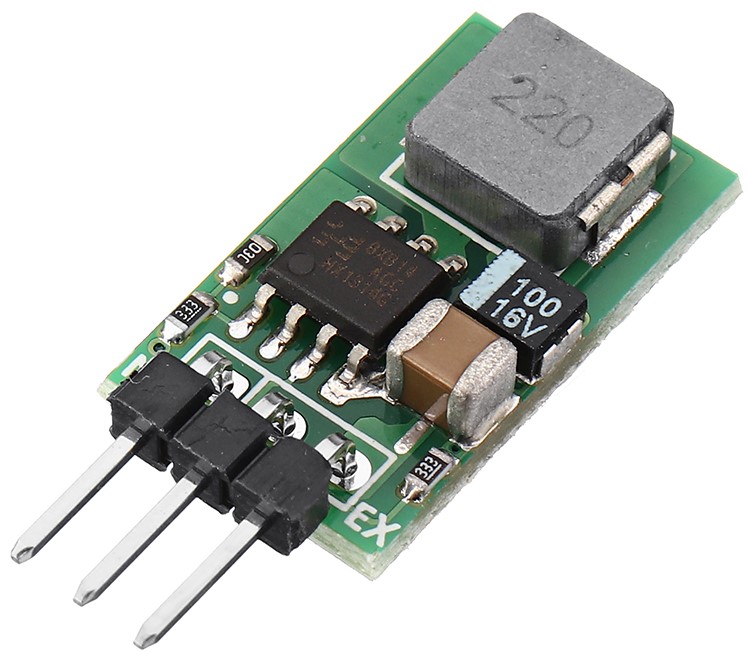
Lithium-Ion 3.7V Rechargeable BL-C5 1050mAh Battery, commonly known as a Nokia battery is compact and suitable for powering small portable projects. Altronics sell it a S4712 RRP $12.75 inc gst.
Easy to make holder for Lithium Ion batteries https://hackaday.com/2014/07/16/finally-an-easy-to-make-holder-for-lithium-ion-batteries/
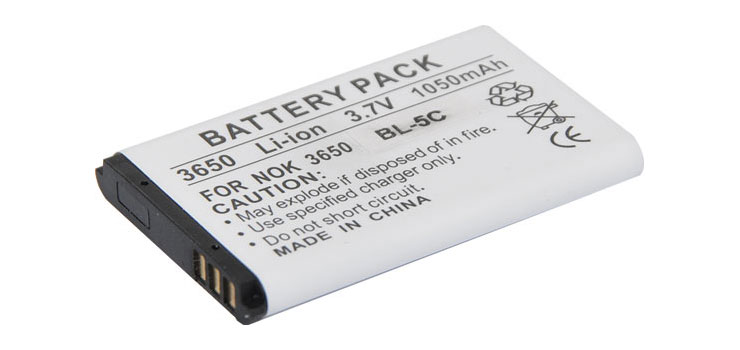
If you need to charge LiPo batteries, this simple charger will do just that, and do it fast! The SparkFun USB LiPo Charger is a basic charging circuit that allows you to charge 3.7V LiPo cells at a rate of 500mA or 100mA. It is designed to charge single-cell Li-Ion or Li-Polymer batteries.
The board incorporates a charging circuit, status LED, selectable solder jumper for 500mA or 100mA charging current, external LED footprint, USB input, two pre-installed JST connectors for SYS OUT and BATT IN, and (back by popular demand) a barrel jack connector.
There is also a ‘SYS OUT’ with a pre-installed JST connector which allows you to connect the charging circuit directly to your project so you don’t need to disconnect the charger each time you want to use it.

Power For Your Electronics Projects – Voltage Regulators and Converters is a DroneBot Workshop YouTube tutorial https://www.youtube.com/watch?v=IT19dg73nKU
Give a good description and demonstrates operation of different power supply modules.
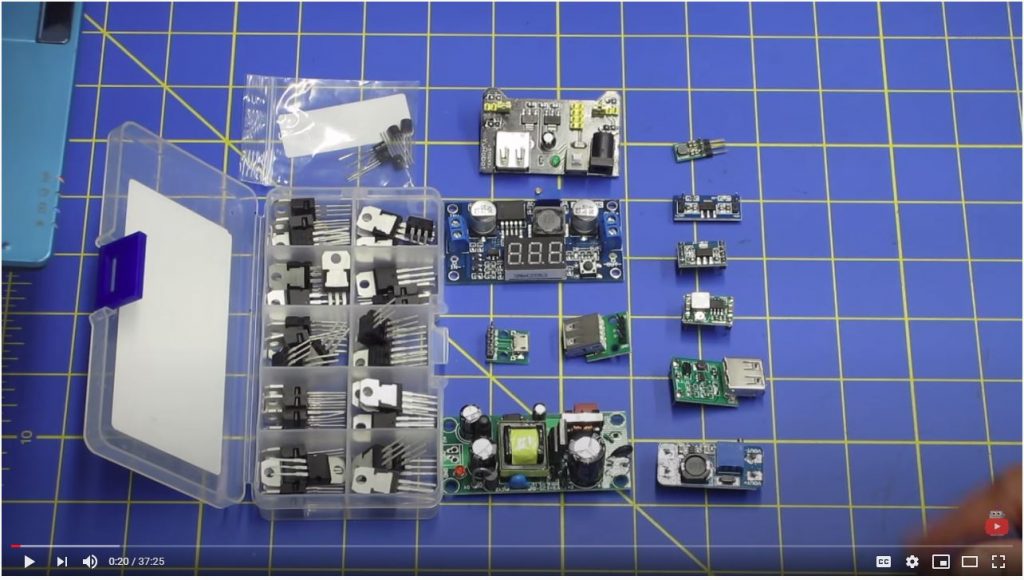
page updated 01 June 2020